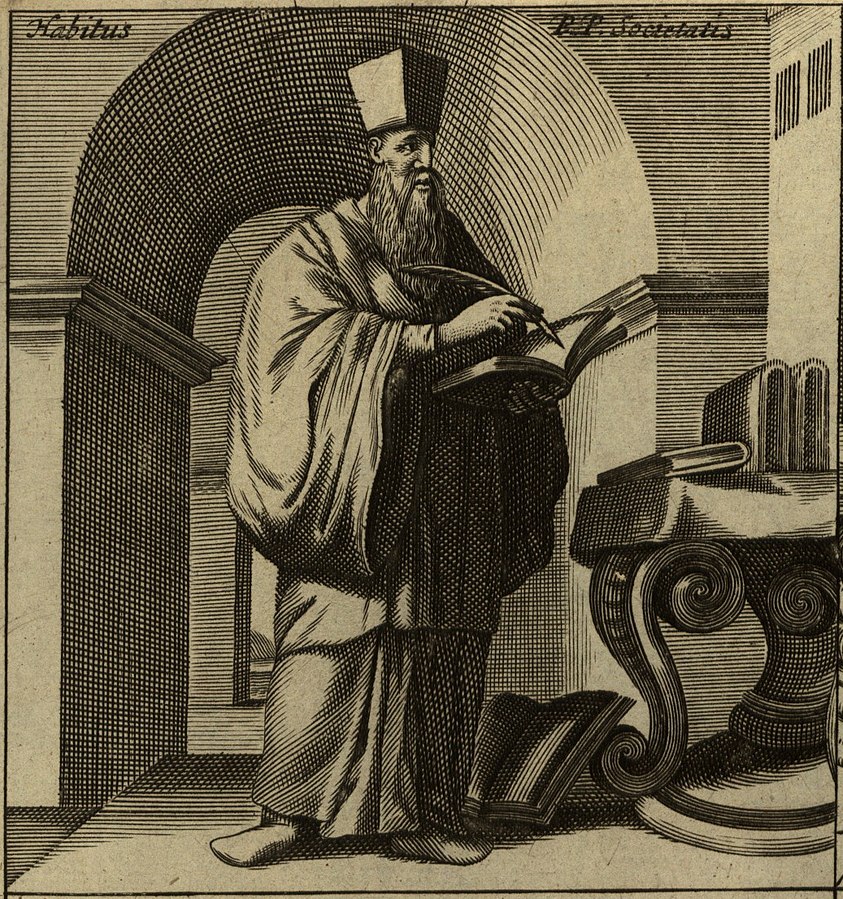In the 17th century, there was an opportunity to Christianise the Middle Kingdom. This initiative was attempted by Michael Boym, who wanted to support and save the Chinese Ming dynasty in its struggle against the Manchus.
In 1648, a unique ceremony took place at the court of the last representative of the Ming dynasty, Emperor Jung-li, who had tried unsuccessfully to oppose the domination of the Manchus in northern and central China. The emperor’s several-month-old son was baptised by Jesuit missionaries. In the circle of Europeans surrounding Jung-li, the idea of sending an envoy to Pope Innocent X to convince him to organise a ‘crusade’ against the Manchus, so that China could be further Christianised, was born. The imperial envoy sent to Rome was the Polish Jesuit Michael Piotr Boym, using the Chinese name Pu-Mi-ko Cze-juen.
He was born around 1612 in Lwów (today’s Lviv). Already as a young boy, he decided to devote himself to missionary work in the Far East. After completing his noviciate in Krakow and being ordained a priest in 1643, he went to Rome, from where he travelled to Lisbon and sailed to Macao with a group of 10 priests and several seminarians. On arrival in China, he worked at the Jesuit college of Saint Joseph. He also studied Chinese languages, customs and medicine and compiled an 18-page Chinese atlas. When he arrived at the Ming court in Kuansi province in 1649, he was superbly prepared for his mission.
In January 1651, after many difficulties, he finally managed to leave the port of Macao and travel to Rome, where he appeared in December 1652. Although Boym was kindly received by the Venetian doge, he was treated with distrust in Rome itself. He had to wait as long as three years for an audience with Pope Innocent X. Only the following pope, Alexander VII, solemnly received the Chinese emperor’s envoy and gave him his answer. In March 1656, the papal envoy with Boym left Lisbon and arrived in Tinian in August 1658. Meanwhile, the last ruler of the Ming dynasty was preparing a further offensive against the Manchus.
Unfortunately, on 22 August 1656, Boym unexpectedly died in Kuangsi. His mission thus failed and so did his hopes of saving the Christian Ming. Nevertheless, the humble monk showed great courage, persistence, and diplomatic talent, as well as undoubted scientific ability, the fruits of which included his unique geographical study of China and Europe’s first description of Chinese flora.





